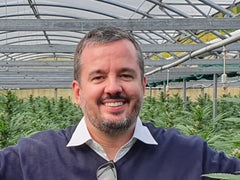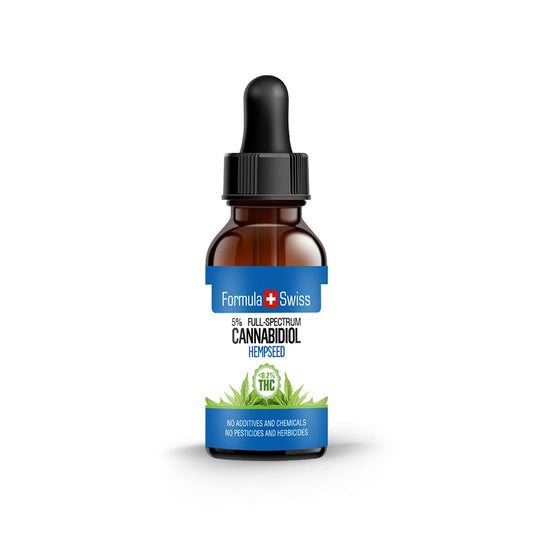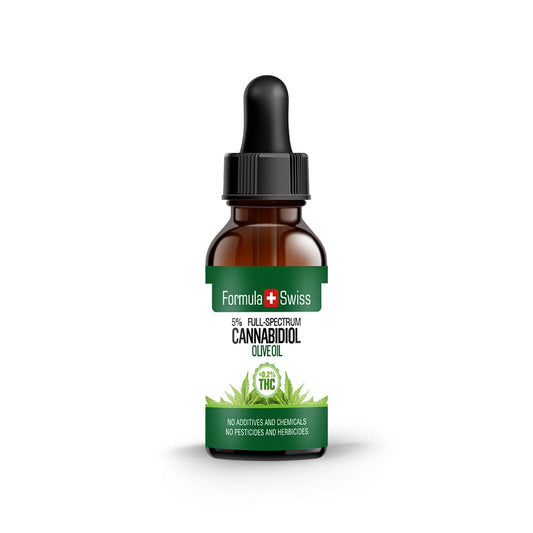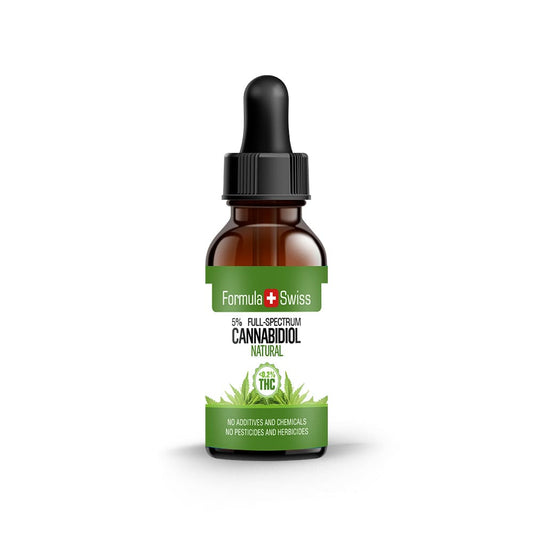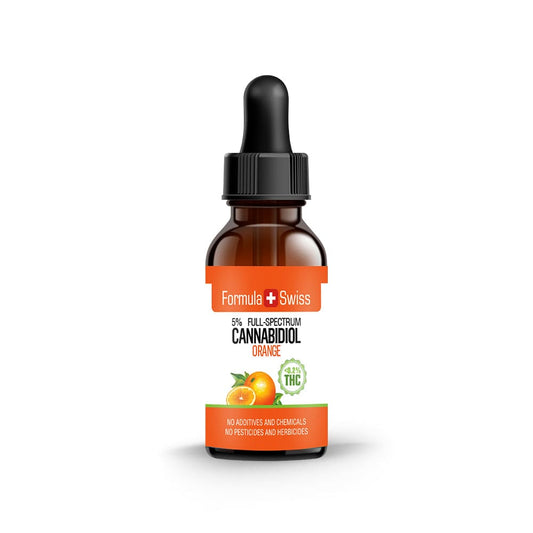This species has long been recognised for its adaptability, distinctive growth patterns, and broad applications ranging from agriculture to industrial use. Over the years, I’ve worked with this plant through every stage, from selecting seeds and conducting field trials to handling post-harvest processes, which has given me practical insights into its unique qualities and potential.
With more than a decade of experience in the cannabis sector, particularly in CBD extraction, hemp cultivation, and structured industry practices, I’ve developed a strong understanding of Cannabis sativa and its role across different fields.
In this article, my aim is to provide a clear and approachable introduction to Cannabis sativa. Whether you’re new to the subject or looking to deepen your knowledge, the sections ahead will touch on its history, structure, chemical makeup, and present-day applications.
My intention is to share accurate and trustworthy information that blends scientific research with first-hand experience in hemp and cannabis production.
Prefer watching over reading? This video covers the key points from the article:
Save up to 30% when you order your CBD oil today
Key takeaways
- Cannabis sativa is a distinct species known for its tall growth, narrow leaves, and longer flowering cycle.
- It has been cultivated for centuries for spiritual, industrial, and agricultural purposes.
- Its adaptability allows it to grow in a wide range of climates around the world.
- Cannabis sativa continues to play a key role in hemp production and related industries.
This article is provided for informational purposes only and does not relate to any of the products available in our webshop. For more information, please see our full disclaimer.
Understanding of cannabis
Cannabis sativa is one of the primary species of the cannabis genus, which also includes Cannabis indica and Cannabis ruderalis.
According to the journal Science Advances, the plant is believed to have originated in Eastern Asia but has since spread across the globe due to its adaptability to diverse climates and its wide range of applications.
Cannabis sativa is a species known for its tall stature, narrow leaves, and extended flowering cycle. Historically, it has been cultivated for diverse purposes, ranging from textiles and fibre production to spiritual and cultural practices, as well as for its seeds. Today, it remains valued in modern industry for its versatility and its capacity to adapt to a wide range of growing conditions.
History of Cannabis sativa
The history of Cannabis sativa is as diverse as its uses. Historical records, as reported in the journal iScience, show that Cannabis sativa has been cultivated for thousands of years. In ancient times, it was grown for its fibre, used to make textiles and its seeds were used as a food source.
Cannabis sativa has been found in archaeological sites dating back more than 10,000 years. Early humans cultivated the species primarily for its fibres and for ritual or ceremonial purposes.
In India, Cannabis sativa has been involved in spiritual practices for thousands of years. In the 16th century, it was introduced to Europe by travellers and traders. It quickly spread across the continent and was used for fibre, rope, clothing, paper, and sails.
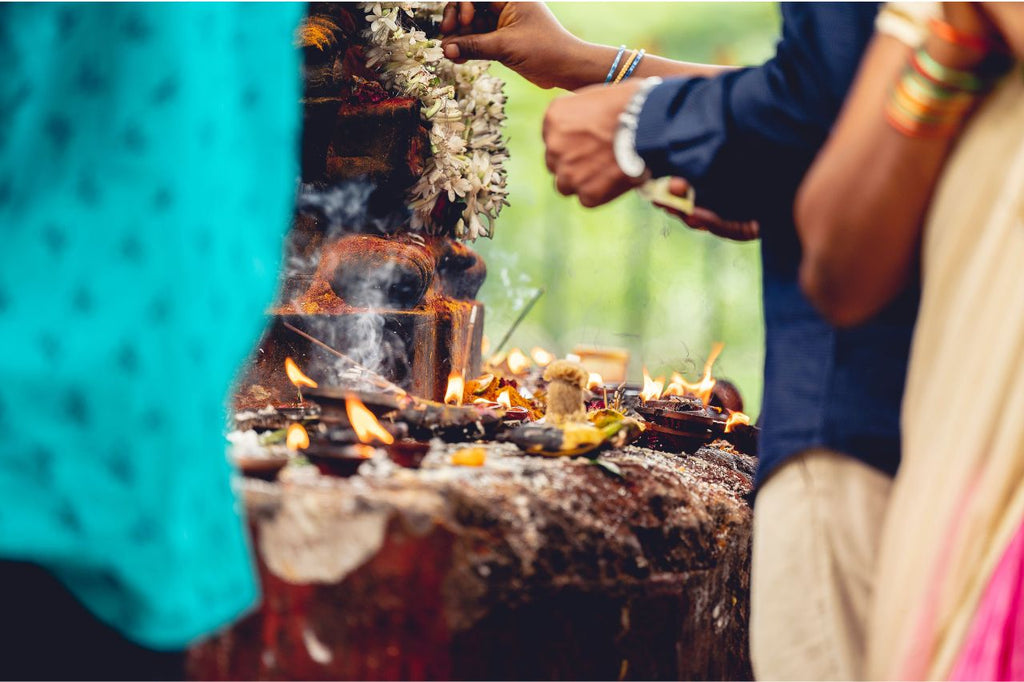
It was also known for its psychoactive effects. In the 19th century, Cannabis sativa reached the Americas, where its psychoactive qualities drew attention. In recent times, its psychoactive nature has led to both increased interest and ongoing debate.
The psychoactive effects of Cannabis sativa are primarily due to a compound called Tetrahydrocannabinol (THC). However, not all Cannabis sativa plants contain significant amounts of THC.
Some varieties, often called hemp, have been developed to contain minimal THC and are widely used for industrial purposes, such as fibre, paper, and biofuel production.
Although Cannabis sativa has a long history of cultivation, it has also been heavily regulated in many parts of the world because of its association with psychoactive varieties. In recent years, perspectives have begun to shift, with some regions revisiting their stance as new applications and uses of the plant come into focus.
Order and enjoy up to 30% off your CBD oil purchase
Physical characteristics of Cannabis sativa
Cannabis sativa is an annual plant that typically grows to heights ranging from 1 to 8 meters (3 to 26 feet). The plant has a bushy, open structure with long, narrow leaves arranged in opposite pairs along the stem. Leaf colouration is usually green but can include purple or bronze tones.
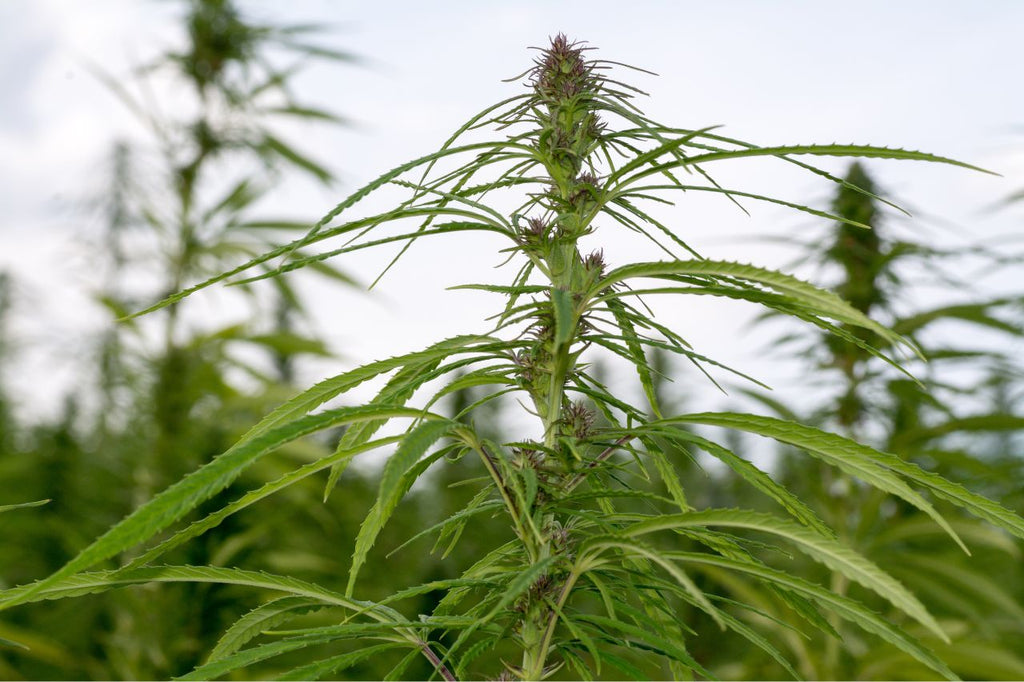
The flowers of Cannabis sativa are small and grow in clusters along the stem. They are known for their strong aroma and contain varying levels of cannabinoids. Thanks to its structure, the plant is well suited to cultivation in warmer climates with long growing seasons.
When compared with other cannabis species, Cannabis sativa generally has a longer flowering cycle, often requiring 60 to 90 days to reach maturity outdoors. In controlled indoor conditions, this period can be shortened. The species is also frequently recognised for its high yield potential.
The plant develops many buds, collected for their cannabinoid content. These buds are typically less dense but larger and more abundant than those of other cannabis types.
Order and enjoy up to 30% off your CBD oil purchase
Chemical composition of Cannabis sativa
Like all cannabis plants, Cannabis sativa contains a variety of chemical compounds. Among the most recognised are cannabinoids, which interact with the endocannabinoid system.
The most well-known cannabinoid is THC (Tetrahydrocannabinol), associated with psychoactive effects. Cannabis sativa also contains other cannabinoids, such as CBD (Cannabidiol), which does not produce psychoactive effects.
In addition to cannabinoids, Cannabis sativa contains terpenes. These aromatic compounds are responsible for its distinct scent and are also present in many other plants.
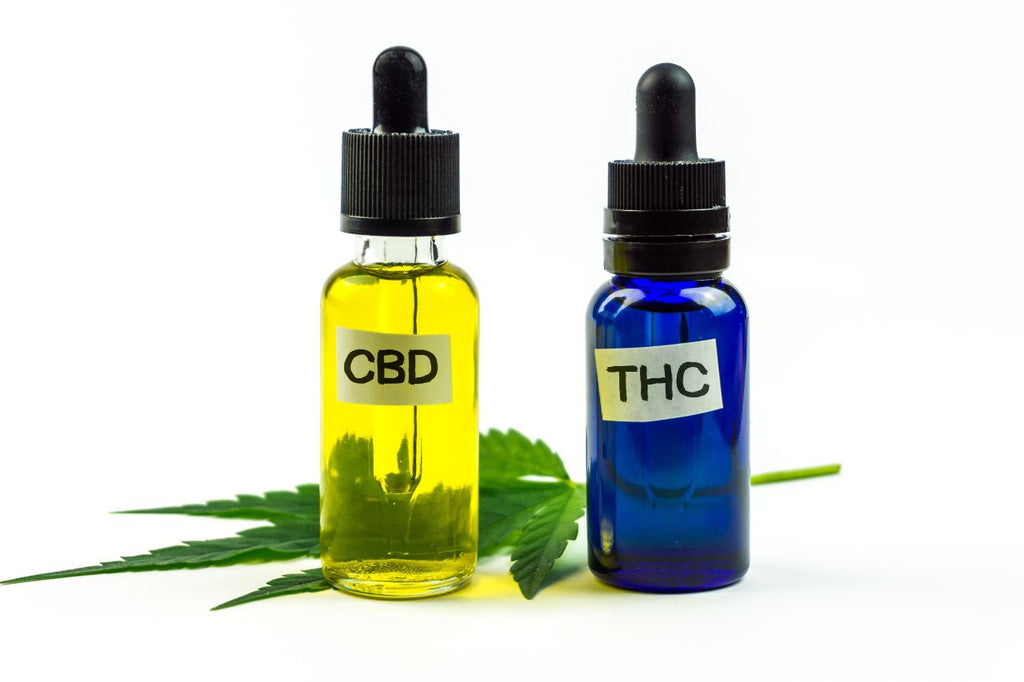
Terpenes help shape the characteristics of different Cannabis sativa varieties. Some are associated with particular scents or aromatic profiles.
The interaction between cannabinoids and terpenes is sometimes referred to as the "entourage effect", a concept describing how multiple compounds might influence each other’s behaviour when present together.
Observations related to Cannabis sativa
Some describe Sativa varieties as having a more stimulating profile. These traits have attracted attention in contexts where a more active or alert state is preferred. However, such impressions are subjective and can differ significantly from person to person.
Sativa strains with higher levels of CBD are often chosen for their non-intoxicating qualities. While CBD has drawn significant attention in recent years, the available evidence is still developing, and suggestions about its applications remain under scientific evaluation.
Results can vary depending on factors such as the strain, the amount used, and individual differences. Because of this, it is always recommended that individuals seek guidance from qualified professionals before considering any product for a specific purpose.
Order CBD oil now and save as much as 30%
Non-medical usage of Cannabis sativa
Outside of medical contexts, Cannabis sativa is often associated with creative activities, focus, or engagement in cultural practices such as music and art. Many also connect it with social settings, where it is valued for its aromatic and sensory characteristics. Its link with artistic expression highlights its long-standing cultural significance.

As with all cannabis use, a careful and responsible approach is encouraged. Strains differ widely in their cannabinoid content, so quality and sourcing should always be considered when selecting products.
Cannabis sativa vs. Cannabis indica vs. Cannabis ruderalis
Cannabis sativa and Cannabis indica are the most widely recognised species, often compared based on growth patterns and traditional usage. Cannabis ruderalis is less common but notable for its hardy characteristics. Although these categories are widely used, it is important to note that most modern varieties are hybrids, blending traits from more than one species.
| Parameter/Characteristic | Cannabis sativa | Cannabis ruderalis | Cannabis indica |
|---|---|---|---|
| Origin | Eastern Asia, now cultivated worldwide | Central Asia, particularly Russia | Indian subcontinent |
| Plant size | Tall, up to 3.6 metres or more | Short, typically 30–76 cm | Shorter than Sativa, usually 60–120 cm |
| Leaves | Long, narrow leaves | Small, light green leaves | Broad, dark green leaves |
| Flowering cycle | Longer cycle, sensitive to light | Autoflowering, independent of light cycle | Shorter cycle, sensitive to light |
| THC content | Often higher THC, lower CBD | Lower THC, variable CBD | Higher THC, moderate to high CBD |
| CBD content | Lower | Variable, generally low | Higher |
| Cultivation | Needs more space and longer seasons | Hardy, minimal care, shorter seasons | Requires controlled conditions, shorter seasons |
| Typical uses | Fibre, seed, and recreational use | Industrial hemp applications | Traditional fibre and preparation techniques |
These differences are broad generalisations and do not apply universally. Each strain may have a unique profile, and hybridisation has blurred many of the traditional distinctions between species.
Hybrid strains
Hybrid strains are developed by crossbreeding Sativa and Indica plants to capture desirable traits from each. Depending on their genetics, hybrids may lean towards Sativa or Indica dominance, or express a balance of both. They are often bred to achieve particular cannabinoid or terpene profiles, offering growers and consumers a wider range of options.
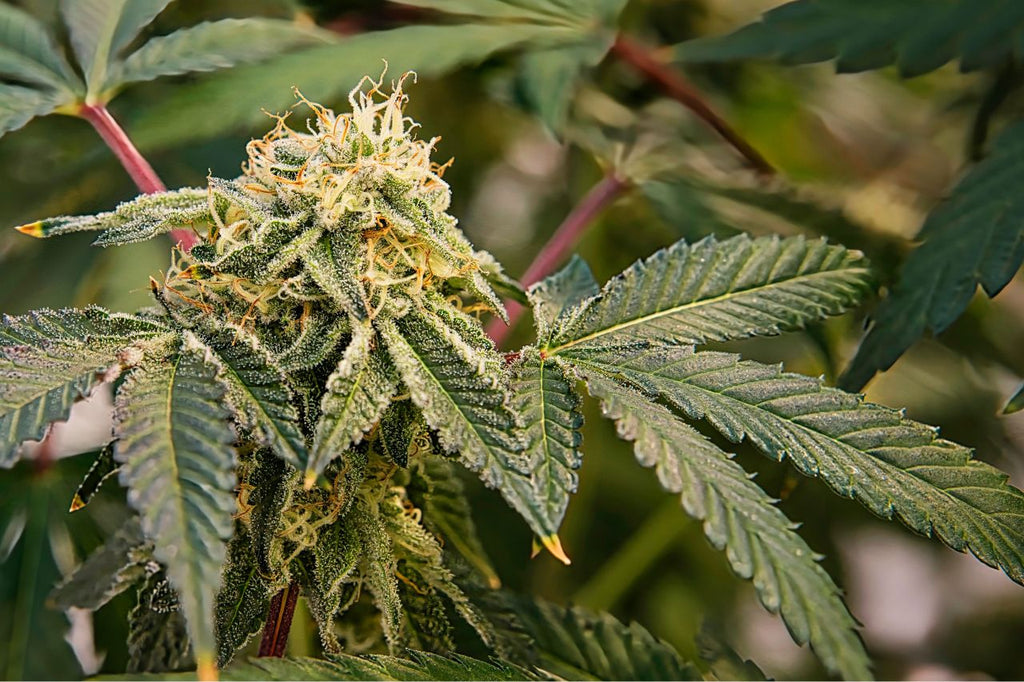
Cultivation of Cannabis sativa
Cannabis sativa is best suited to warmer climates with long growing seasons. It requires abundant light and warmth, and because of its tall structure, it thrives in spacious environments. Although most commonly cultivated outdoors, Sativa can also be grown indoors with careful control of light and climate.
Key factors for successful cultivation include extended daylight, stable warmth and humidity, and well-drained soil. Meeting these needs supports strong growth and reliable yields.
Personal perspective
Through my work in hemp cultivation and CBD production, Cannabis sativa has consistently impressed me with its adaptability and resilience. Whether managing large-scale fields or overseeing product development, I’ve seen first-hand how this plant responds to different conditions while maintaining dependable quality in both fibre and cannabinoid production.
What strikes me most is that, despite its long history, there is still much to discover about this species. Every growing season brings fresh insights, and ongoing research continues to highlight its significance across agriculture and industry. For professionals working with cannabis, gaining a clear understanding of Cannabis sativa is essential to engaging with the plant responsibly and effectively.
Don’t miss out—save up to 30% when you purchase CBD oil today
Frequently asked questions
What is Cannabis sativa?
Cannabis sativa is a plant species in the Cannabaceae family recognised for its psychoactive and industrial characteristics. It has been cultivated for a range of purposes, such as producing textiles, paper, and, in certain contexts, products for general use.
How long does it take for Cannabis sativa to grow?
The growth duration for Cannabis sativa depends on the specific variety and growing conditions. Generally, it takes around 10 to 16 weeks for the plant to reach maturity.
What are the environmental requirements for growing Cannabis sativa?
Cannabis sativa grows best in a warm and humid environment with daytime temperatures between 70–85°F (21–29°C). It prefers slightly acidic soil with a pH between 6 and 7.
What is the recommended soil pH for growing Cannabis sativa?
The ideal soil pH for cultivating Cannabis sativa ranges between 6 and 7. This acidity level supports nutrient availability and plant development.
What are the water requirements for growing Cannabis sativa?
Regular watering is necessary to keep the soil evenly moist but not saturated. Watering needs may vary depending on climate, humidity, and the stage of the plant's life cycle.
What are the nutrient requirements for growing Cannabis sativa?
Cannabis sativa benefits from a well-balanced nutrient regime, including nitrogen, phosphorus, and potassium, along with micronutrients such as calcium, magnesium, and iron. A complete nutrient schedule can help support healthy growth.
What is the recommended light cycle for growing Cannabis sativa?
During the vegetative phase, Cannabis sativa generally requires 18 to 24 hours of light per day. In the flowering stage, a balanced cycle of 12 hours of light and 12 hours of darkness is typically applied.
What is the recommended temperature and humidity range for growing Cannabis sativa?
Optimal growth occurs at temperatures between 70–85°F (21–29°C) during the day, with slightly cooler nights. Relative humidity should range between 40–60% in the vegetative stage and decrease to 40–50% during flowering.
What pests and diseases affect Cannabis sativa?
Cannabis sativa may be affected by pests like spider mites, aphids, and fungus gnats. Common plant diseases include powdery mildew and grey mould. Good cultivation and hygiene practices are key to managing these issues.
What is the best way to harvest and dry Cannabis sativa?
Harvesting typically involves cutting mature plants at the base. They are then hung upside down in a dark, ventilated space at around 70–80°F (21–27°C) and 45–55% humidity. Drying is considered complete when stems snap instead of bending, allowing for further storage preparation.


